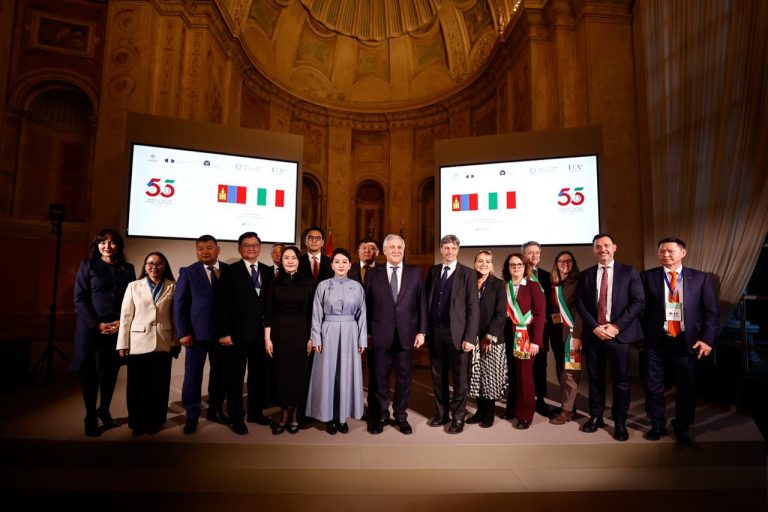NON-EU FOREIGN TRADE PERFORMANCE IN THE FIRST QUARTER OF 2025
According to the data released by Istat on Italy’s foreign trade—currently available only for non-EU countries—in the first quarter of 2025, Italy exported goods worth €76.3 billion, marking an increase of +3.1% compared to the first quarter of 2024.
During the same period, Italy imported goods worth €65.2 billion, registering a +11.7% increase compared to the first quarter of the previous year.
The trade balance with non-EU countries in the first quarter of 2025 was positive, amounting to +€11.2 billion. Excluding the energy sector (which posted a deficit of -€13.2 billion), the trade surplus stood at +€24.4 billion.
Geographical trends based on currently available data for Italy’s main non-EU trading partners, export growth in value was particularly strong in the following countries/regions: OPEC countries (+16.8%), Middle East (+13.7%), MERCOSUR countries (+12.8%), United States (+11.8%), Switzerland (+11.2%), United Kingdom (+8.5%), India (+5.6%), and Japan (+2%). On the other hand, exports decreased towards ASEAN countries (-1.6%), China (-11.2%), Turkey (-18.3%), and Russia (-18.7%).
Sector-wise, data is currently available only for groups of goods. The increase in exports was mainly driven by higher sales of non-durable consumer goods (+13.1%) and intermediate goods (+4.7%). The increase in imports was broad-based, with the most significant growth seen in durable consumer goods (+30.5%), non-durable consumer goods (+26.1%), and intermediate goods (+10.9%).
NON-EU FOREIGN TRADE PERFORMANCE – MARCH 2025
Focusing on March 2025 alone, compared to March 2024, Italian exports to non-EU countries rose by +7.5%. This increase was mainly driven by higher sales of non-durable consumer goods (+20.7%) and capital goods (+10.4%). Italian imports from non-EU countries also grew by +8.7%, with the largest contributions coming from increased purchases of consumer goods, particularly durable (+33.6%) and non-durable (+32.4%) items.








